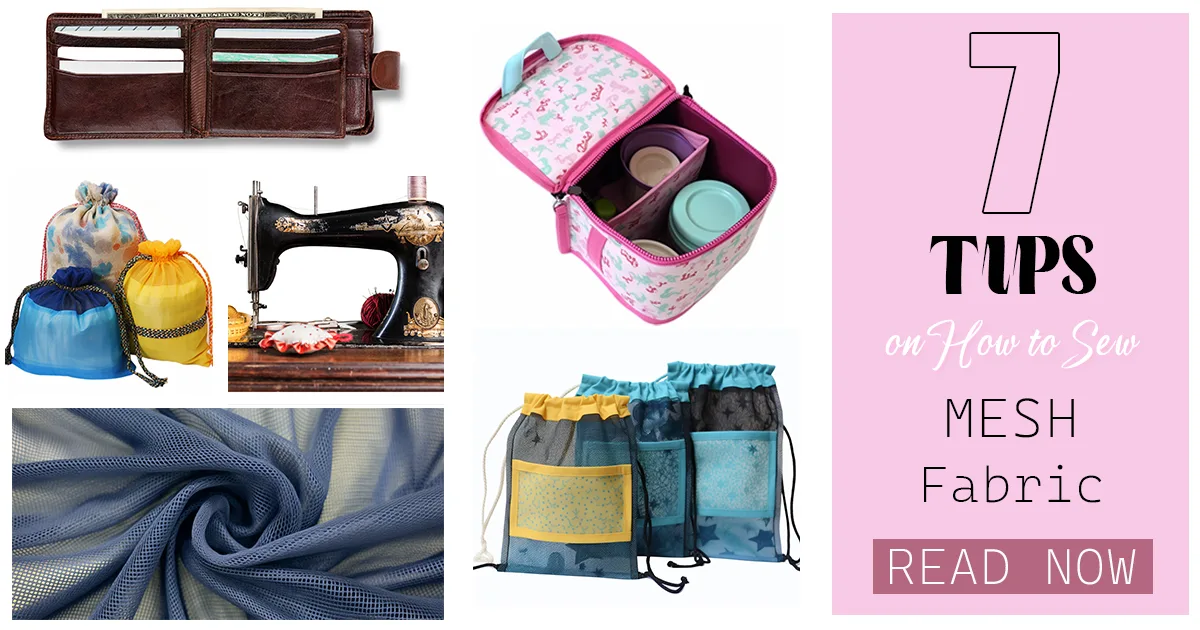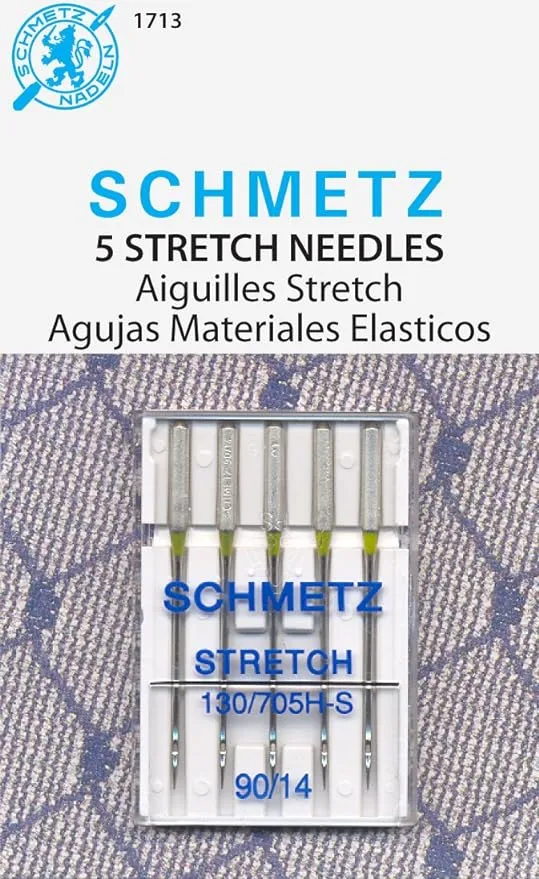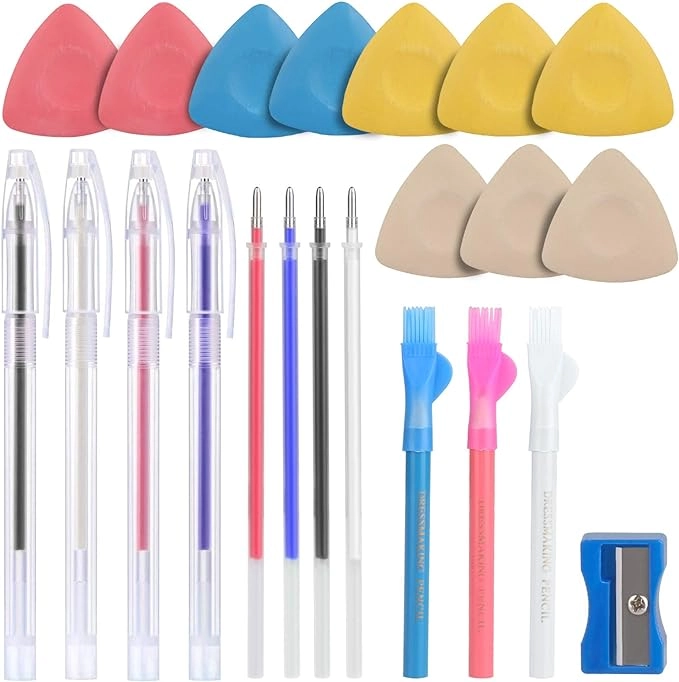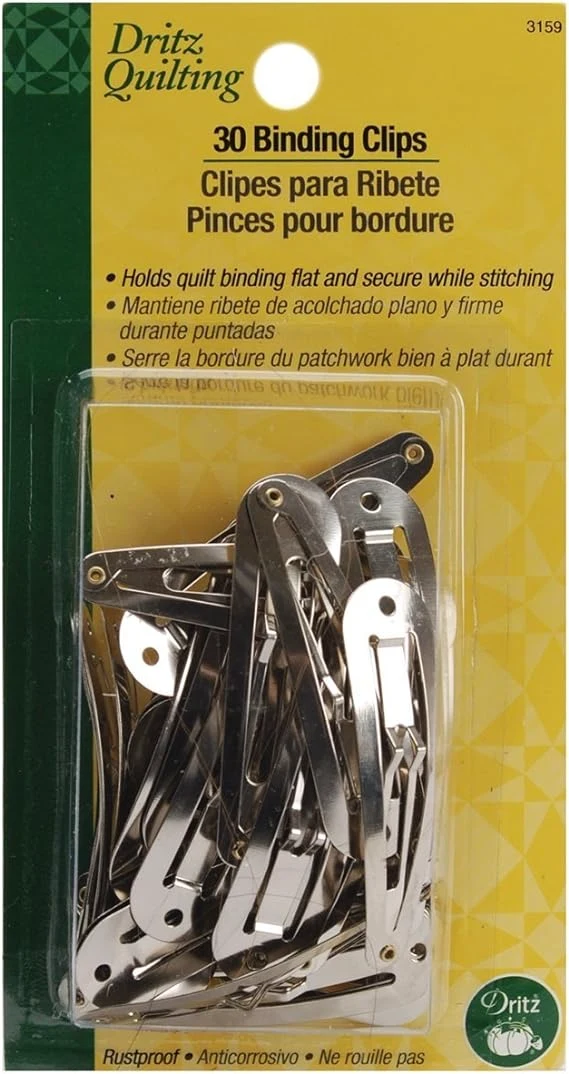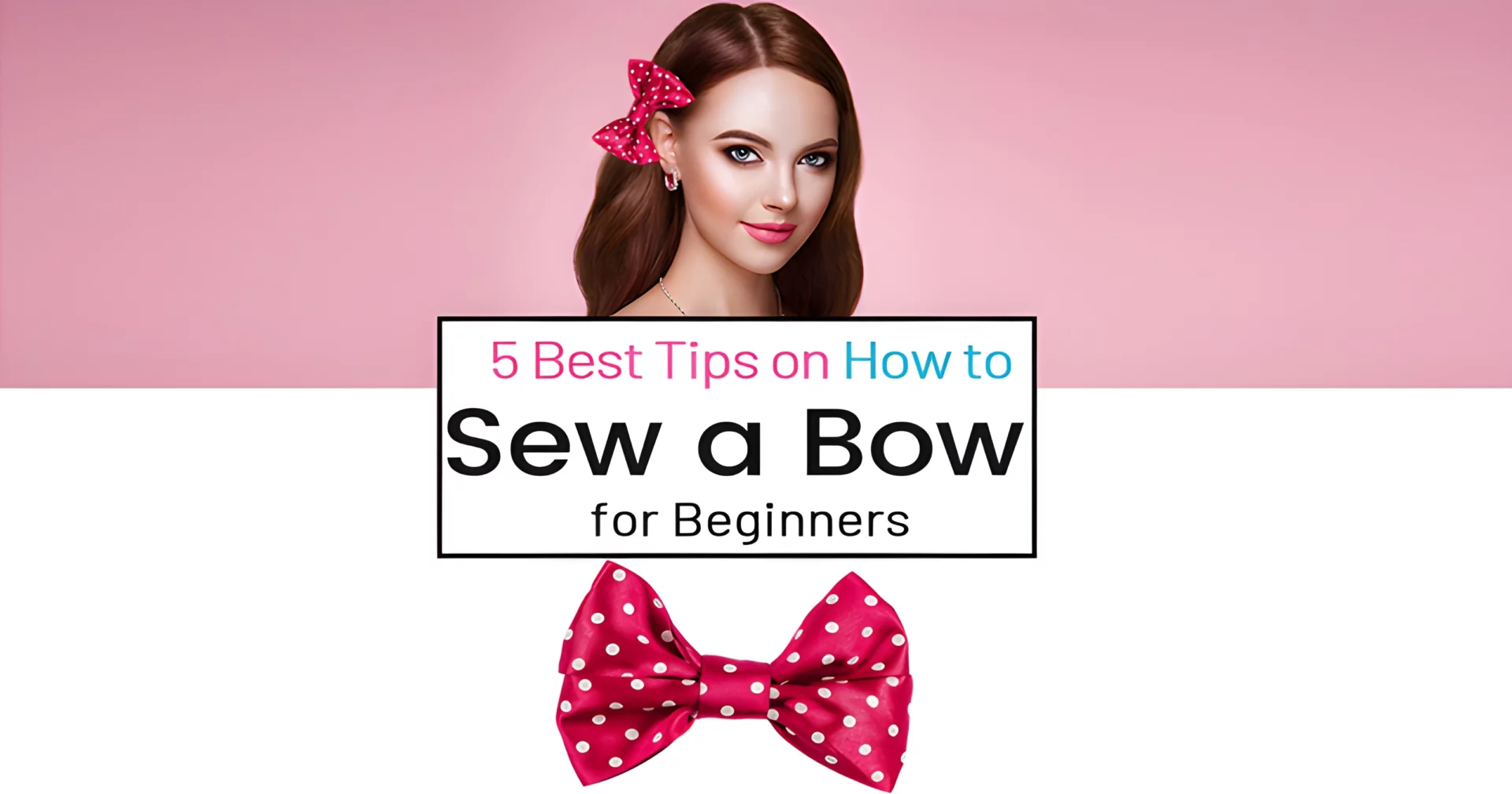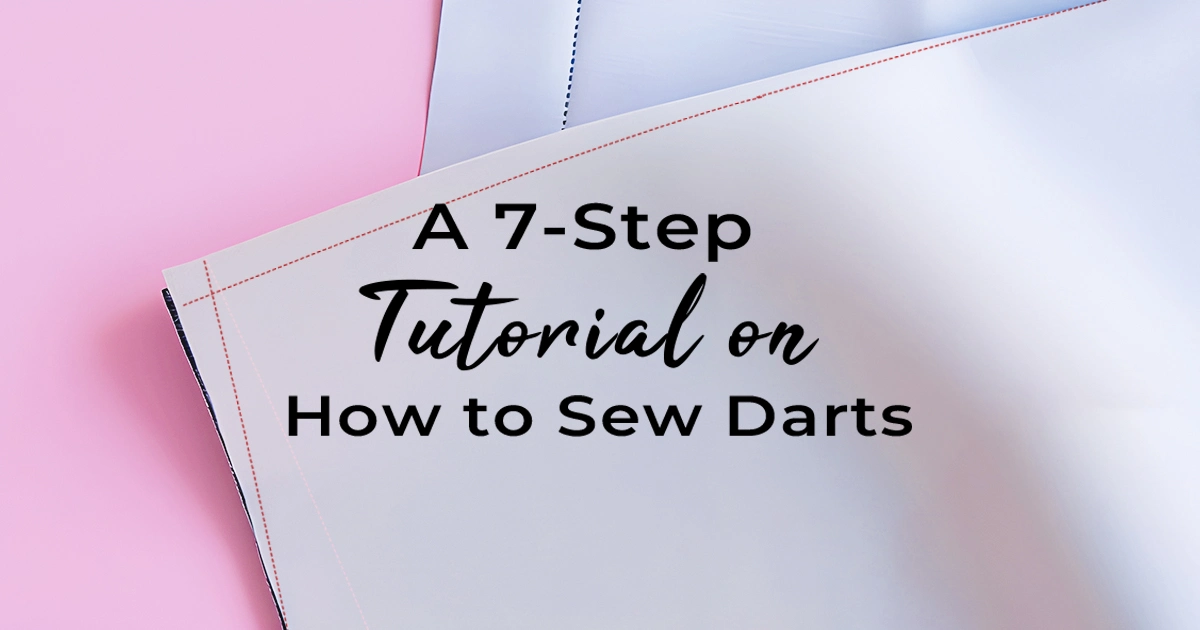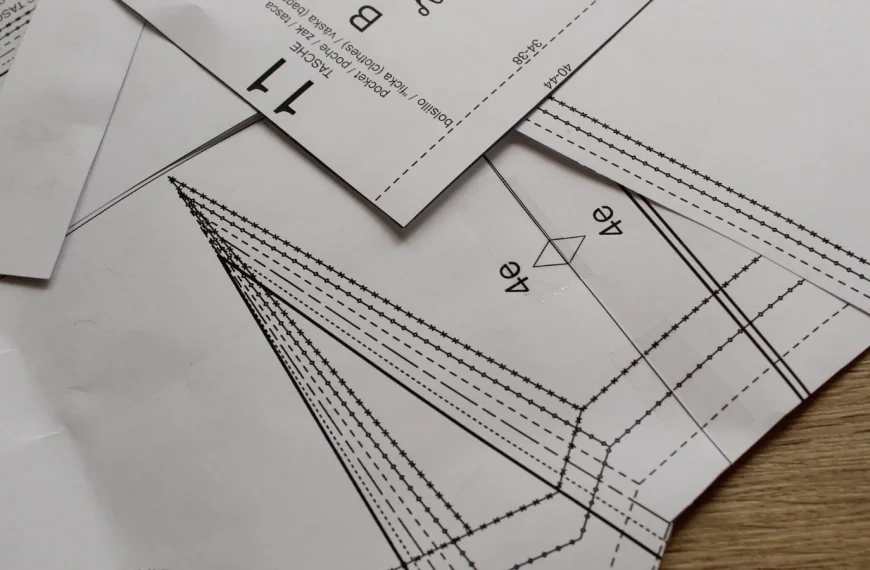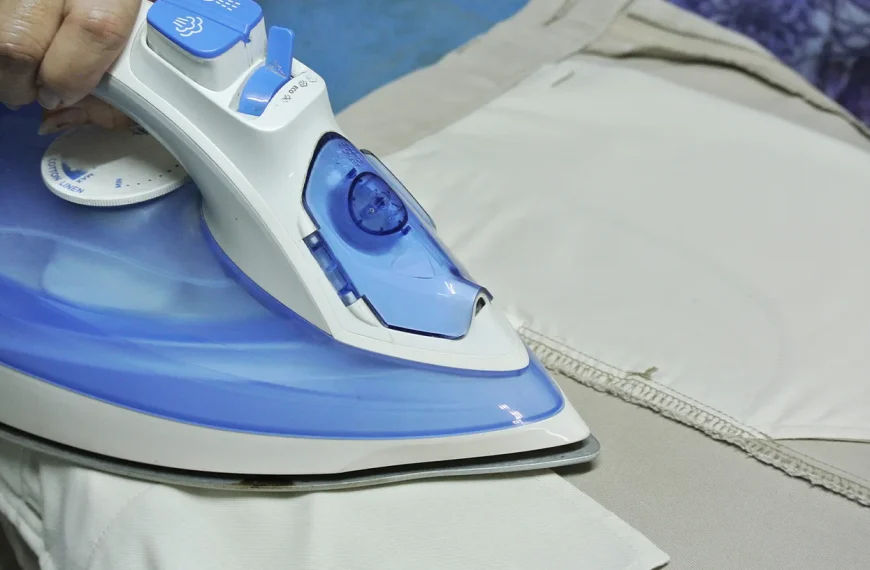Are you crazy about sewing? Are you excited about taking on a new sewing adventure? Well, let’s enter a new sewing world: mesh fabric. This type of material is creating a new trend in the sewing world now. Today, this article will give you a comprehensive guide on how to sew mesh fabric.
Why Sew Mesh Fabric?
Now, we’ll tell you why mesh fabric is so special.
Mesh fabric stands out for being a light, open-weave fabric thanks to its unique net-like structure. It is basically made from synthetic fibers like polyester, nylon, or spandex. The open structure of mesh fabric lets air flow freely, making it perfect for garments and accessories, like sports and athletic wear, bridal wear, lingerie, bags, and more, that need ventilation or a see-through effect.
Apart from its ventilation function, mesh fabric has a unique elastic function, which means it cannot be easily loosened or deformed. It is also simple for you to wash and dry mesh fabric, and it can effectively inhibit the growth of bacteria.
What’s more, the appearance of mesh fabric looks fashionable and glamorous because the textile is bright, soft, and does not fade. It adopts a three-dimensional mesh pattern, which not only follows the fashion trend now but also maintains a timeless classic style.
With so many great functions, aren’t you more excited to sew mesh fabric?
Is It Hard to Sew Mesh Fabric?
Before starting sewing, many of you might say, ‘I’m really bad at sewing; is it too hard for me to sew mesh fabric?’.
Well, sewing mesh fabric does present many tough challenges because of its open structure. And when you are sewing it, you will find it stretches or distorts very frequently. But don’t be worried; it’s actually quite easy to handle these challenges with your gentle touch and patience during the sewing process.
Therefore, for most sewing projects, with the right techniques and a little patience, you can sew mesh fabric successfully even if you are a beginner!
7 Tips to Sew Mesh Fabric by Machine
Now, it is time for you to try to sew mesh fabric. First, we will introduce tips for sewing by machine. A standard sewing machine is totally enough. The following tips will give you specific descriptions and include every detail you need to know during the sewing process.
Prepare your materials.
Remember to wash and iron your fabric and mesh before you start to sew mesh fabric. Doing this will make sure that your completed project looks clean, neat, and professional.
Needles
As a type of stretchy fabric, delicate mesh fabric can easily pull, get stuck, or skip stitches, causing a lot of trouble for you and making your sewing machine a real mess. So the choice of needle you use is of great importance.
A ballpoint needle or a stretchy needle should be a good idea to sew mesh fabric or any other slippery fabric. These two types of needles slide between the threads of the fabric instead of piercing through it. Due to their round tips, they can help prevent the delicate mesh fabric from being nagged or pierced through. The round shape also allows the needles to slide smoothly between the holes of the mesh, ensure clean and unbreakable stitches, and cause less puckering.
If a ballpoint or stretchy needle is not available for you, don’t worry. A universal needle size of 70/10 or 80/12 is friendly to mesh fabric too. Just try to find a needle that is as sharp as possible.
Thread
When sewing with mesh fabric, you require a strong kind of thread that can hold the mesh solidly in place. So the best solution is to use thread that has the same fiber composition as the mesh.
But if you have no idea what the mesh is made from or don’t have a similar fiber thread, durable polyester thread is your best choice to sew mesh fabric. It is one of the strongest threads on the market. It can not only provide the strength you need to stand stretching on your finished item, but it will also create strong, secure, and long-lasting stitches for your item. Polyester thread is always a great idea, no matter what type of mesh fabric it is or what kind of garments and accessories you are making.
The choices of different colors in the thread create different feelings. If you prefer the integrity of the finished item, use a color similar to the mesh fabric. If you want your finished item to be more eye-catching, choose a totally contrasting color.
Marking
Marking the slippery and stretchy mesh fabric seems a bit difficult. You can use chalk or erasable pens to help because both of them can be erased and won’t affect the finished item. When marking the mesh fabric, we recommend you hold the fabric tightly and as still as possible, then mark only a small section at a time. Don’t forget to choose an obvious color that is different from your fabric in order to make everything easier.
You can also consider making small clips with a pair of scissors, but it can be really hard to confirm all the holes.
Cutting
If you have washed and dried your mesh fabric before, now’s the best time to start cutting! A pair of sharp scissors is good for cutting the mesh, but more time and patience are needed. So the best tools are a rotary cutter and a self-healing mat, especially for power mesh.
When cutting mesh fabric, first keep track of your previous marks, which helps you cut more precisely. Then always cut a single layer of mesh fabric at a time. You might think it will save more time when cutting two layers or more together, but due to the features of mesh fabric, the situation is totally different. As a slippery fabric, the layers can easily slip and slide apart while cutting, which only leaves you with a mess, the possibility of cutting again, and waste materials. So it’s important to cut one layer at a time.
Pinning
Due to the holes in the mesh and its slippery and stretchy nature, getting it pinned together is quite torturous. The easiest method is to use quilter’s clips rather than pins. Quilter’s clips don’t require piercing any fabric and can remove some difficulty for you.
Without quilter’s clips, ballpoint pins and extra-fine pins are a second choice for pinning mesh. They have the same function, just a little bit more time and patience.
Sewing Machine Settings
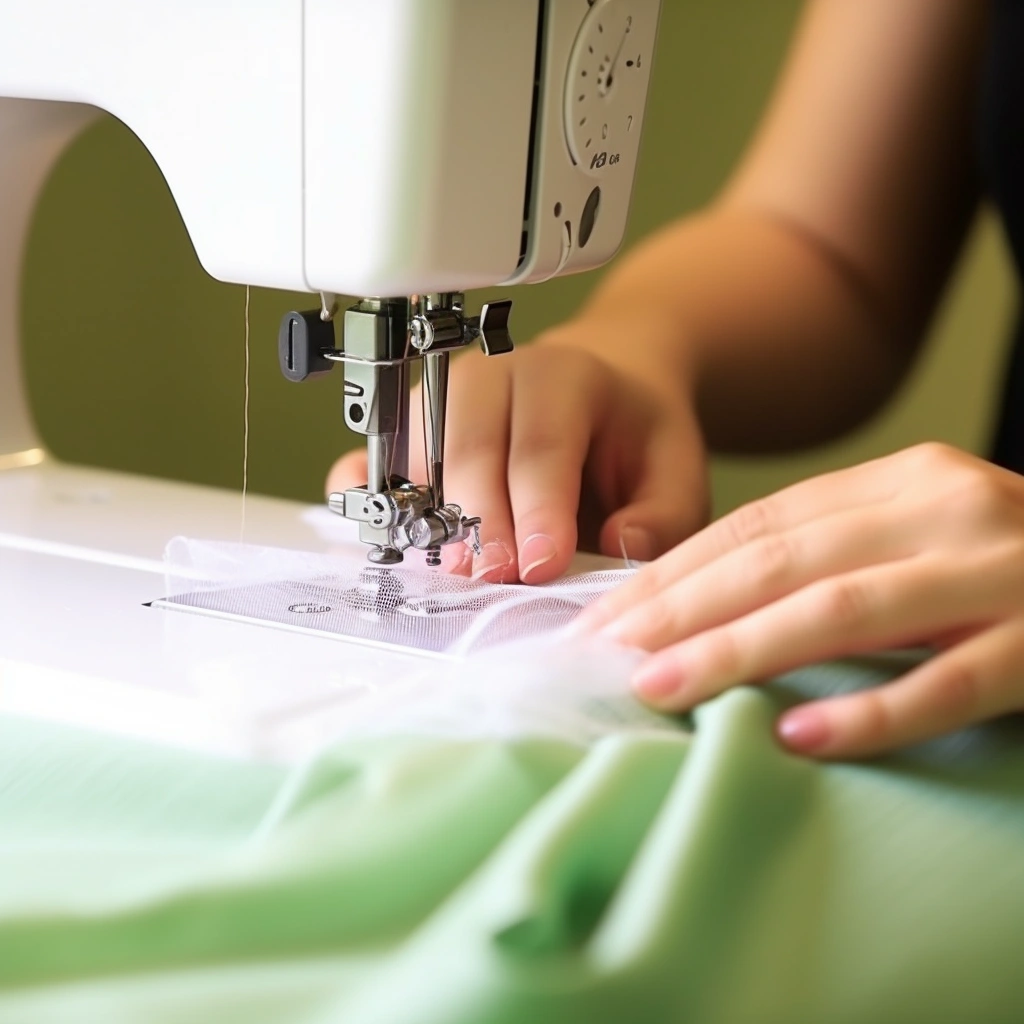
Setting up the machine properly can make things more efficient. So next, we will help you better set up your machine in four aspects.
Machine Feet
Compared with other machine feet, using a walking foot seems better to help guide the mesh through, creating more smooth stitches, fewer broken threads, and less snagging.
To be more helpful during the process, you can use a tear-away stabilizer, tissue paper, or plain paper under the seam. These tools can make sure the mesh doesn’t get trapped on the feed dogs, and they can be easily removed afterwards.
Alternatively, you can select a wide straight stitch foot or a roller foot, which can help a lot too.
Stitch Length
Setting the right stitch length may be more important than you think. You’d better choose a shorter straight stitch, which is around 1.75–2.5 mm, to ensure even and secure stitches. Alternatively, a narrow zigzag stitch is another good choice. A zigzag stitch helps to avoid broken thread and allows the fabric to stretch without breaking the stitches. It works especially efficiently for fabric with holes.
Remember to test your chosen stitch length on a sample of your actual material before starting your own project. This will help you avoid some unnecessary mistakes.
Sewing Speed
Sewing mesh fabric should be done at a slow and steady speed. As a slippery and stretchy fabric, it moves more than other fabrics, so it’s important to slow down the pace. Try to avoid pulling the mesh through the machine, or you will get more gathers and puckers, which you certainly don’t like.
Fabric Position
When sewing mesh fabric with other fabrics, it’s necessary to pay more attention to the mesh layer’s position. Always remember to keep the mesh layer on top next to the needle when sewing it with other fabric in order to prevent it from sliding, slipping, or getting stuck.
How to Sew Mesh Fabric by Hand
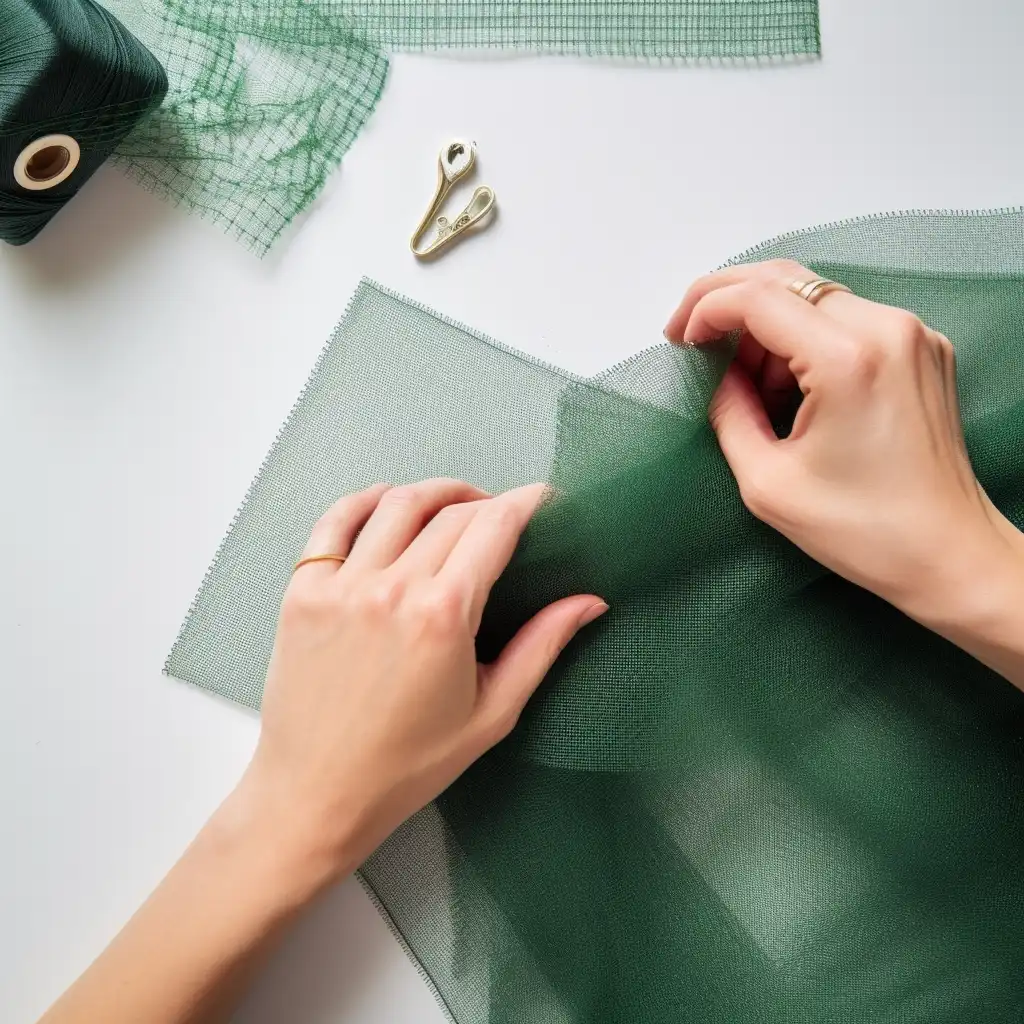
Since you have known how to sew mesh fabric by machine, you must also wanna know how to sew it by hand. Compared with machines, sewing mesh fabric by hand requires more time, patience, and care.
The materials you need are similar to the ones machines need. Choose a sharp needle and a durable thread, like polyester thread. While sewing by hand, you need to sew with small, straight stitches so that the finished item can be better.
How to Sew Seams on Mesh Fabric
There are multiple ways to sew seams on mesh fabric. But most importantly, remember to choose a thread that matches the fiber of the mesh. Then how do you sew seams? The best way is to use a standard overlocking stitch. Alternatively, without an overlocking stitch, you can use a double straight line stitch too. It also provides a strong finish. What’s more, French seams work well with mesh fabric. Because it uses a series of folds and stitches to create a neat look, all the raw edges are hidden.
3 Choices for Finish Edges on Mesh Fabric
Here we will introduce three different choices for finishing edges on mesh fabric. First, to create a neat and pretty finished edge, you can use bias binding. Second, apart from bias binding, any type of trim or ribbon can also be used, which can add a special feeling to an enclosed finished edge. Finally, if you want a gathered edge, try to choose fold-over elastic.
How to Hem Mesh Fabric
To be honest, it’s not so important to hem mesh fabric because of its slippery and stretchy nature. However, if you really want to hem, the best way is to create a rolled hem with three lines of stitching. After all this hard work, you will find it worthy.
Conclusion
It seems like an impossible task to sew mesh fabric. During the process, you need to pay attention to so many details. But don’t be afraid; just give it a try! Even if the process is filled with difficulties, trying to sew mesh fabric by yourself will be a fun adventure, and it will give you a worthwhile finished item. We hope this article can be a good guide for you as you enter the sewing world. Now, start your own mesh fabric project!
Let’s start a new sewing adventure!
Find more elegant and unique fabric on Longcraft!

